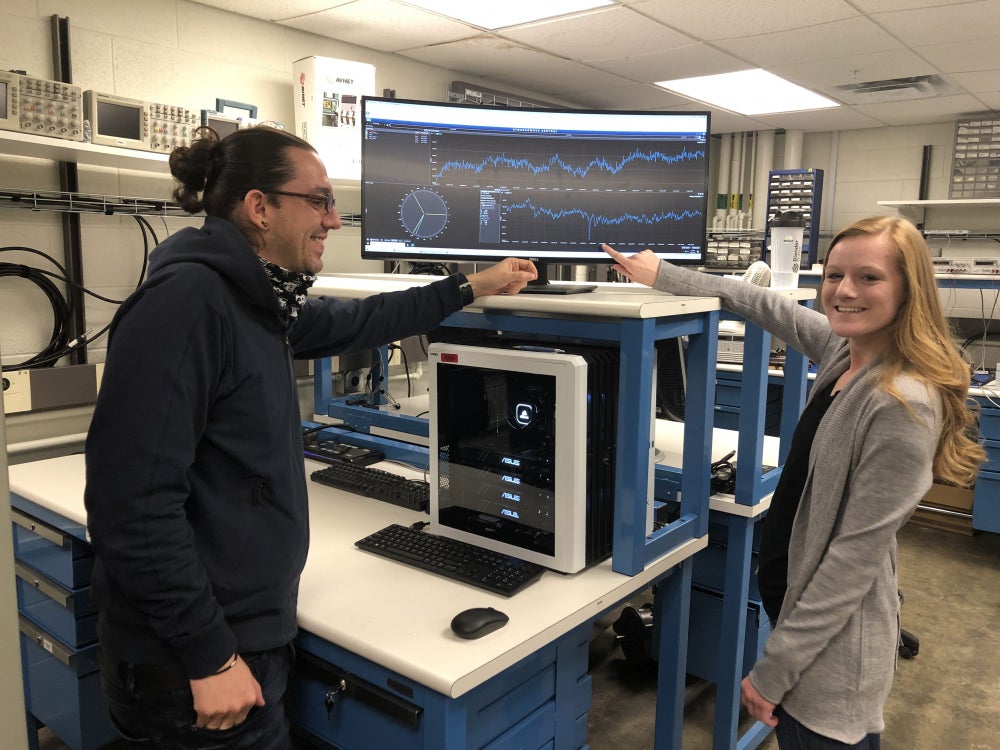
ECSE: What PhD Program are you in? What year are you? Where did you complete your B.S. and M.S.?
Meaghan Podlaski (MP): I’m in my first year of the electrical engineering PhD program. I finished my BS and MS in electrical engineering in 2019 at RPI through the co-terminal program.
ECSE: Who are you working with at RPI?
MP: Luigi Vanfretti
ECSE: What are your general research areas?
MP: My general research area is in modeling and simulation of cyber-physical systems, specifically power systems and electrified transportation. I also work with application of system identification methods to cyber-physical modeling and control.
ECSE: What is your research project?
MP: My main research project is with the Center for High-Efficiency Electrical Technologies for Aircraft (CHEETA). The main goal is to develop a multi-domain model of a fully-electric, commercial aircraft architecture that utilizes liquid hydrogen energy storage with fuel cell energy conversion and an electrically-driven distributed propulsion system. This is done using the object-oriented modeling language, Modelica, which allows us to implement models of different levels of complexity to facilitate both high-level and low-level trade studies.
Initial developments in this project has also included a project for drone modeling, where we have been developing multi-domain models for drones. These models will help explore system identification methods to be used to with the aircraft, as well as providing the opportunity to have students in the URP program to implement these models in a virtual reality setting early on in model development. I also have a gyroscope test bed for a drone to operate and record measurements so that I can validate and calibrate the models we have developed.
ECSE: How do you feel winning the grant? How many years is the grant for?
MP: I’m really excited to receive the NSF GRFP. It provides three years of funding with the benefit of flexibility in research and opportunities in STEM outreach. I’ll be able to explore cyber-physical modeling and system identification for not just power systems and electrified aircraft, but other types of systems. I can then reduce these results into simple examples to be used in STEM outreach applications, such as with RPI open house events, URP projects, and visits to K-12 schools in the Capital Region.
ECSE: What are you most looking forward to about this research?
MP: I am excited to see the rest of the system come together, especially in the case of the aircraft. With our drone project, it’s been great to see the progress of making the models more complex, especially with the animation and control our drone in a virtual reality setting. As other groups in CHEETA develop their own subsystems, it’ll be fun to see out aircraft models mature by integrating and calibrating those subsystems using cyber-physical modeling and system identification.
ECSE: Anything else you’d like to add?
MP: Thanks ECSE for helping prepare and supporting me to get to this point!


